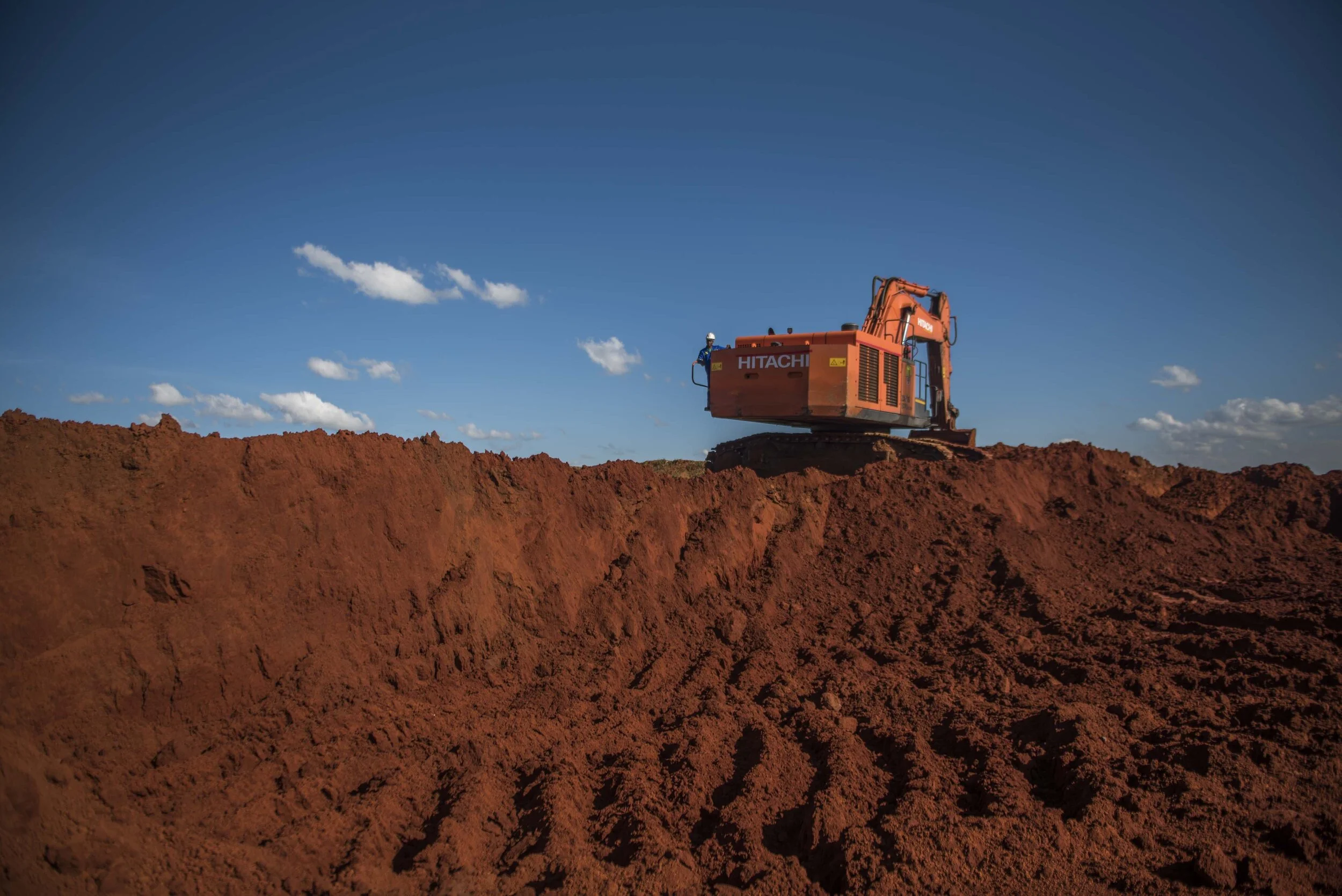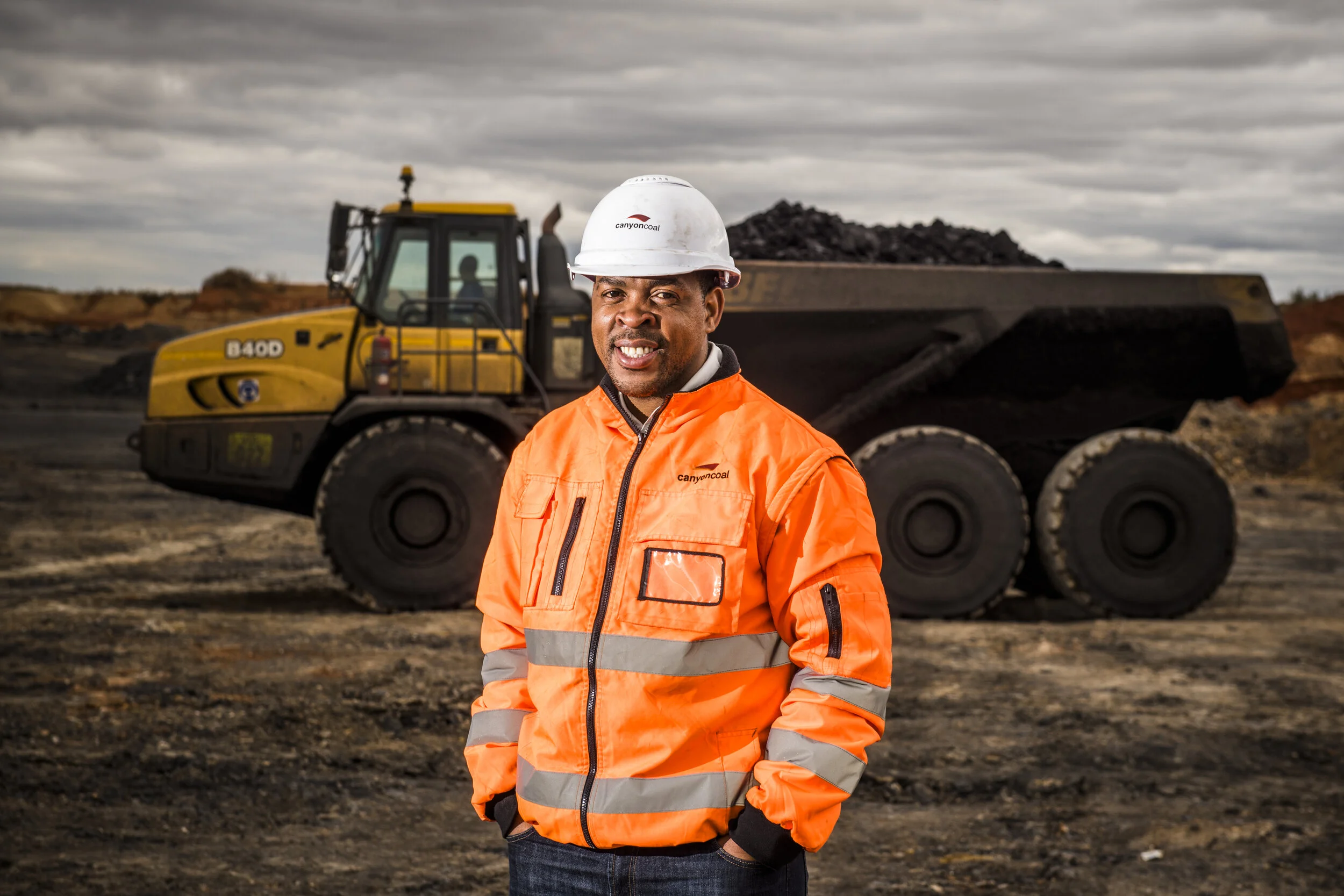Full steam ahead for flagship underground mine
Canyon Coal is preparing to sink a mine shaft at De Wittekrans, an underground mine in Mpumalanga, which will soon become the company’s flagship mine. De Wittekrans will start operating at the end of this year and will build up production to 400 000 tons per month over three years.
De Wittekrans, a greenfield project, was acquired from Continental Coal. The transfer in terms of Section 11 of the Minerals and Petroleum Resources Development Act was recently completed. This gives us control of the operation and entrenches our water and environmental controls as well as our mining right.
We have undertaken additional exploration drilling, which has increased the geological confidence to a measured resource of 118 million tons. This exercise also improved our understanding of the mine’s geology and the associated geotechnical aspects.
Based on the mine’s updated geological and geotechnical information, Canyon Coal is now working at full steam to complete the project plan for De Wittekrans. The plan encompasses the underground and surface infrastructure, underground mining equipment, budgets, human resources, mine planning and scheduling, power generation and community relations, according to exploration and mine development manager Clifford Hallatt.
Although this is the company’s first underground mine, Canyon Coal has extensive experience in underground mining. The project team has the support of our holding company, Menar Holdings, which owns and successfully mines a very challenging underground operation, Zululand Anthracite Colliery, in Okhukhu, KwaZulu-Natal.
De Wittekrans mine’s underground infrastructure will consist of the shaft and an adit. “The adit gives the operational team access to the underground resource, enabling us to complete the mining development,” explains project manager Dawid Venter. “The mining development essentially opens up the underground mining sections while the processing plant and other surface infrastructure are built.”
The mine’s surface infrastructure will include an Eskom substation to supply power to the site. We are also investigating other potential forms of power generation, including solar power for use during the day and the burning of discard coal at night. “Because the mine has a large resource and long life, these are good options from an environmental and financial perspective,” says Venter.
Central to the mine plan is the target coal product that will provide Canyon with the best yield from this resource. “At this stage, we are likely to target a high-grade exportable product of 26.6 MJ/kg CV, together with a middling product of 21 to 22 MJ/kg CV for local or Eskom use,” says Hallatt.
The export coal produced at De Wittekrans will initially be transported to the Richards Bay Coal Terminal via the Rietkuil siding located about 43km from the mine. Canyon Coal is planning to ramp up to full production at De Wittekrans over a period of five years.
“The Canyon team is excited about delivering this remarkable project. We are all supporting one another and pulling everything together,” says Hallatt.




